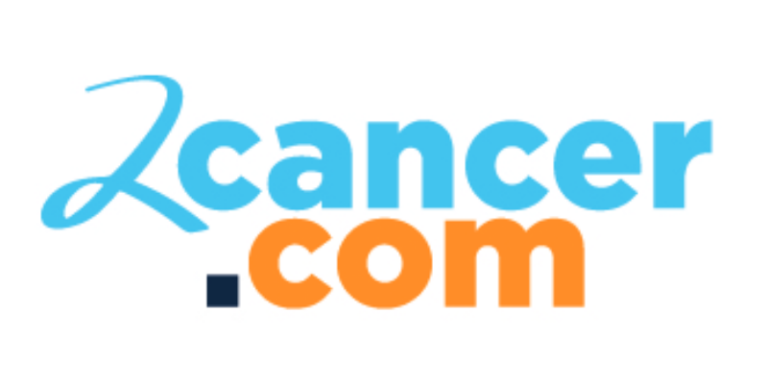Oscar Wilde once said, “When I was young, I thought that money was the most important thing in life; now that I am old, I know that it is.” Those who are facing astronomical healthcare bills understand how important money is to their quality of life. Without financial stress, cancer patients can focus on treatment and rehabilitation – getting back to life on their terms.
According to a 2019 report by the JAMA Network, low-income families, uninsured people, and blue-collar workers with medical bills four times their annual salaries are unlikely to afford cancer treatment costs.
For perspective, in 2018, the annual mean wages for the top blue-collar jobs were about $50,000 (that’s less than the monthly cost of some cancer drugs). The average monthly income in the United States is $3,600 before taxes. A patient with 25% coverage would have monthly out-of-pocket costs of $2,500 for a monthly cancer drug that costs $10,000 – almost 70% of their monthly income.
Even if your insurance policy covers treatment, there still are typical out-of-pocket costs, including pre-deductible expenses, co-insurance, and co-pays. Beyond those outlays, the amount to cover expenses includes treatment and out-of-pocket costs like travel, lodging, food, in-home care, and rehabilitation.
You’re probably thinking, “How am I expected to pay for life-saving cancer treatment?”
‘I should not be here, but I am’
People who have been affected by cancer understand the gravity of the diagnosis. Cancer can have a profound effect on people, their families, their friends.
“The mental toll, it’s hard,” says Mary Davis, a colorectal cancer survivor. “I had business concerns, financial concerns, health concerns. It was gut-wrenching.”
After being diagnosed in 2019, Mary felt the strain of trying to keep her business on track. She worried about whether she would maintain her active lifestyle. She knew cancer and death too often went hand-in-glove.
In short, she was terrified of losing everything – including her life.
Mary adds, “Quite frankly, I should not be here, but I am.”
So, what was the difference-maker? A life insurance policy.
But wait – she’s alive. How can a life insurance policy be an overwhelmingly positive effect in the battle against cancer? Aren’t life insurance policies paid after someone dies?
“It’s the insurance companies’ dirty little secret,” says Scott Page, CEO of LifeGuide Partners.
Many people do not know they can convert a life insurance policy into cash. The funds can be used to pay for medical expenses, pay off debt, pay for a bucket-list item – spend the money on anything you want. It’s true.
‘It’s about having options’
“We educate consumers about the option of selling the policy today – eliminating the need to continue paying premiums and provide the money to make life better,” Page explains.
“It’s about having options,” he says. “People have been converting or selling their existing life insurance policies for years. “LifeGuide does not profit when you die. We hope that our clients will use the funds to fight for life, and if there is anything we can do to help, we will.”
Suppose healthcare bills are mounting. You need a sound financial solution, like converting a life insurance policy to a one-time cash payment. In that case, the LifeGuide Partners experts can help. They have more than 75 years’ case experience while overseeing more than $6 billion in found-care dollars.
The cash payment is less than the actual death benefit – but more than the surrender value – and the policyholder no longer has the expense of paying premiums. This option provides immediate cash to pay for your financial needs.
If you’re at wit’s end trying to figure out how to pay for retirement, health care, an unexpected expense, or even travel, assess all options. LifeGuide Partners can help you evaluate and monetize assets – like insurance policies – to produce immediate cash flow.

